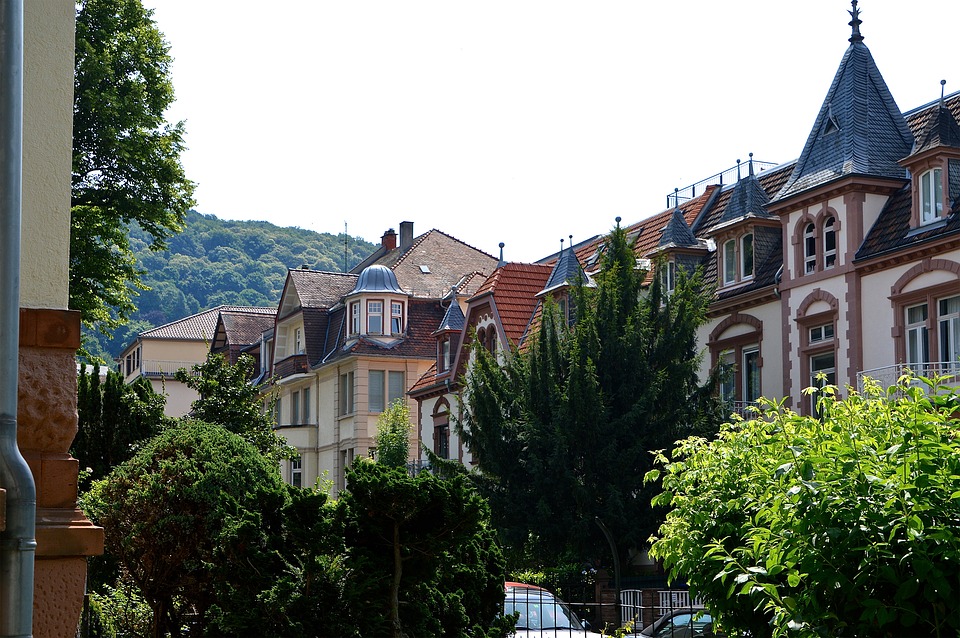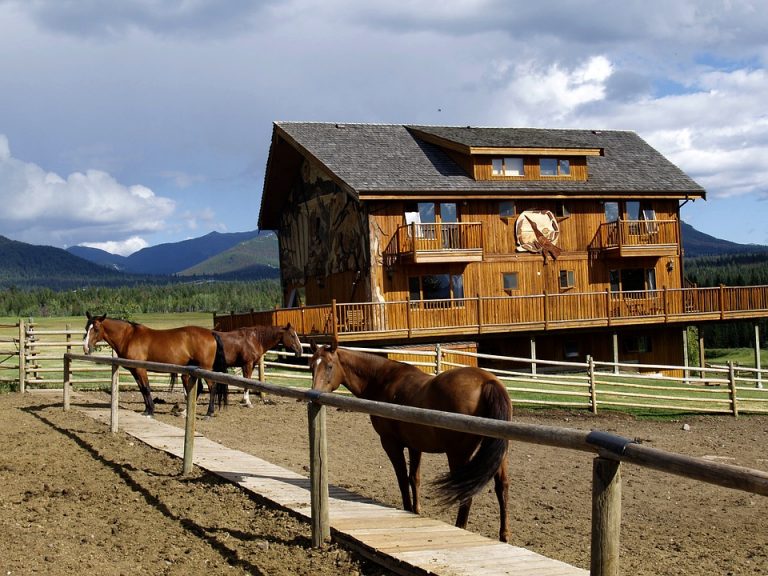
A major concern in urban planning is the challenge of creating efficient urban settings that are designed to enhance life, increase well-being, and reduce symptoms associated with overcrowding. Modern urban planning should not only focus on the improvement of how a city works, but also how the structure and design of the city affects the population. With more than half of the world’s population now living in cities, and populations expected to double in major cities over the next couple of decades, it is paramount that creating green space be a significant focus in terms of sustainable design.
Open spaces or green spaces are areas within a city that have been designed with natural elements in mind, meaning the planting of trees, native flora, and grass. These can be along sidewalks or within plazas as well as be actual parks and resting areas. While at first glance these designs may seem purely aesthetic there are actually a number of different benefits associated with increased green spaces in urban settings.
Here are just a few ways green spaces benefit cities, both from an environmental and human standpoint.
- Rooftop Green Spaces Reduce Urban Heat Island Effect
The urban heat island effect is a term used to describe the hotter temperatures found in cities compared to rural areas within the same region. Human activities increase the temperature within cities, and with a reduction in greenery there is little natural cooling. An excellent way to combat this is to turn rooftops into green spaces or green/living roofs. Planted roofs are exceptionally effective at reducing environmental heat as well as provide greater energy-efficiency within the building itself.
- Greater Energy Conservation
Not only does an increase in green space directly affect the building it surrounds or is on (in the case of green roofs), but they also contribute to energy conservation to the city as whole. By reducing temperatures naturally and helping to bring down air temperature, buildings’ HVAC systems can run at a slightly lower power. This is especially true for residential neighborhoods which may see up to a 4% increase in AC efficiency when trees are properly planted to block sunlight in the hottest parts of the day.
- Natural Reduction in Noise Pollution
Noise pollution in the form of nearby industrial buildings or busy roads and highways can naturally be buffered by green spaces. Strategic planting of shrubs and trees are a way to not only enhance the surrounding areas but also help protect people from unpleasant, disruptive noise.
Enclosed green spaces may not actually be such a bad idea, especially for green spaces around office buildings where the area functions as a place for employees to relax. Noise pollution in densely populated areas within a city can be quieted by the use of insulated concrete walls surrounding green spaces, even if only as a single wall barrier alongside a busy highway adjacent to the space.
- Improved Air Quality
Air pollution is a serious issue in many big cities that are densely populated. It is fairly common knowledge that plants clean the air, a primary reason why so many homeowners enjoy their houseplants. On a larger scale, green spaces with trees and shrubs are an ideal way of naturally cleansing the air. One tree can remove about 26lbs of carbon dioxide from the air every year.
- Erosion and Runoff Control
Water and wind erosion cause sediment to seep into bodies of water, storm drains, and roads. When erosion occurs in an urban setting it can easily lead to flooding, mudslides, and dust storms. A densely planted green space is the natural way of reducing erosion. A well-planted green space will also help prevent nutrient loss in the soil, which can still occur in poorly planted spaces.
- Promotes a More Active Lifestyle
Numerous studies have concluded that access to more green space also increases the population’s activity level. A major factor in the struggle of obesity is regular exercise, a problem only made worse within cities with little access to parks and similar open spaces. Simple observational research shows people living in greener areas are more active. This is especially true for children, as majority of the physical activity in childhood outside of the school playground is in parks.
- Effectively Helps Prevent Disease and Ease Mental Illness Symptoms
Not only does being in a green space help with the healing process, both physically and mentally, but it also works towards preventing diseases like Alzheimer’s and Dementia. It comes as no surprise that more and more hospitals and similar healthcare buildings are creating “healing gardens”, green spaces where patients can visit and relax. Green spaces also help with mental conditions like ADHD (particularly in children) as well as insomnia, depression, anxiety, and chronic stress.
There are a plethora of different benefits associated with adding more greenery to cities. As the concern over climate change and human adaption to these changes continues, the practice of bringing more of nature back into our urban areas will skyrocket.





Leave a Comment